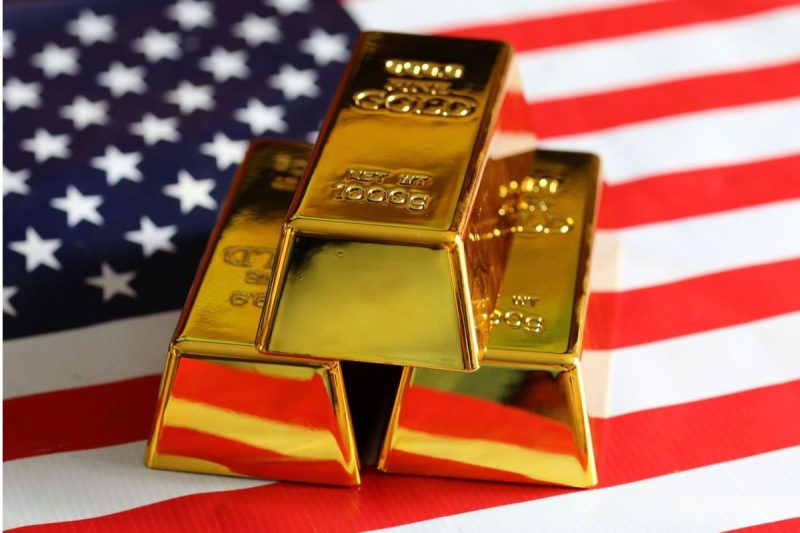In the wake of the 2020 U.S. presidential election, the potential impacts of a second term for President Donald Trump on the price of gold have been a topic of considerable speculation and analysis within the financial and investment communities. Gold, long viewed as a safe haven asset during times of economic and political uncertainty, tends to experience fluctuations in value in response to various market factors, including shifts in government policies and geopolitical developments.
One key consideration regarding a potential Trump re-election is his administration’s approach to economic policies, particularly in relation to fiscal stimulus and trade policies. President Trump has been known for his vocal support of protectionist trade measures and his preference for deregulation and tax cuts as means to stimulate economic growth. While these policies have been generally perceived as favorable for stock markets and business interests, their long-term impacts on economic stability and inflation expectations, and by extension on the price of gold, remain a matter of debate.
Should President Trump secure a second term, it is likely that his administration would continue to implement policies aimed at boosting U.S. economic growth, even in the face of mounting national debt and deficit concerns. The potential continuation of deregulatory measures and tax cuts could drive further increases in equity markets and business investments, potentially tempering the demand for gold as a safe-haven asset in times of heightened economic uncertainty.
However, the prospect of prolonged trade tensions between the U.S. and its major trading partners, particularly China, could continue to serve as a source of market volatility and geopolitical risk. Trade wars have historically had a destabilizing effect on global markets, leading investors to seek refuge in assets such as gold as a hedge against currency devaluations and economic disruptions. A re-escalation of trade tensions under a second Trump administration could therefore bolster demand for gold as a perceived safe-haven asset, potentially driving up its price.
In addition to external economic and geopolitical factors, the Federal Reserve’s monetary policy decisions will also play a crucial role in shaping the future trajectory of the price of gold. The Fed has already implemented unprecedented levels of monetary stimulus in response to the COVID-19 pandemic, leading to concerns about inflation and currency devaluation. Continued loose monetary policy under a Trump administration could further erode confidence in the U.S. dollar and fuel demand for alternative stores of value such as gold.
Overall, the potential impact of a Trump re-election on the price of gold is contingent upon a complex interplay of economic, geopolitical, and monetary policy factors. While certain policies championed by the President, such as tax cuts and deregulation, may initially favor risk assets over safe-haven assets like gold, ongoing trade tensions and loose monetary policy could create a supportive environment for the precious metal. Investors would be well-advised to closely monitor these developments and assess their implications for the global economy and financial markets to make informed decisions about their gold investments.




























